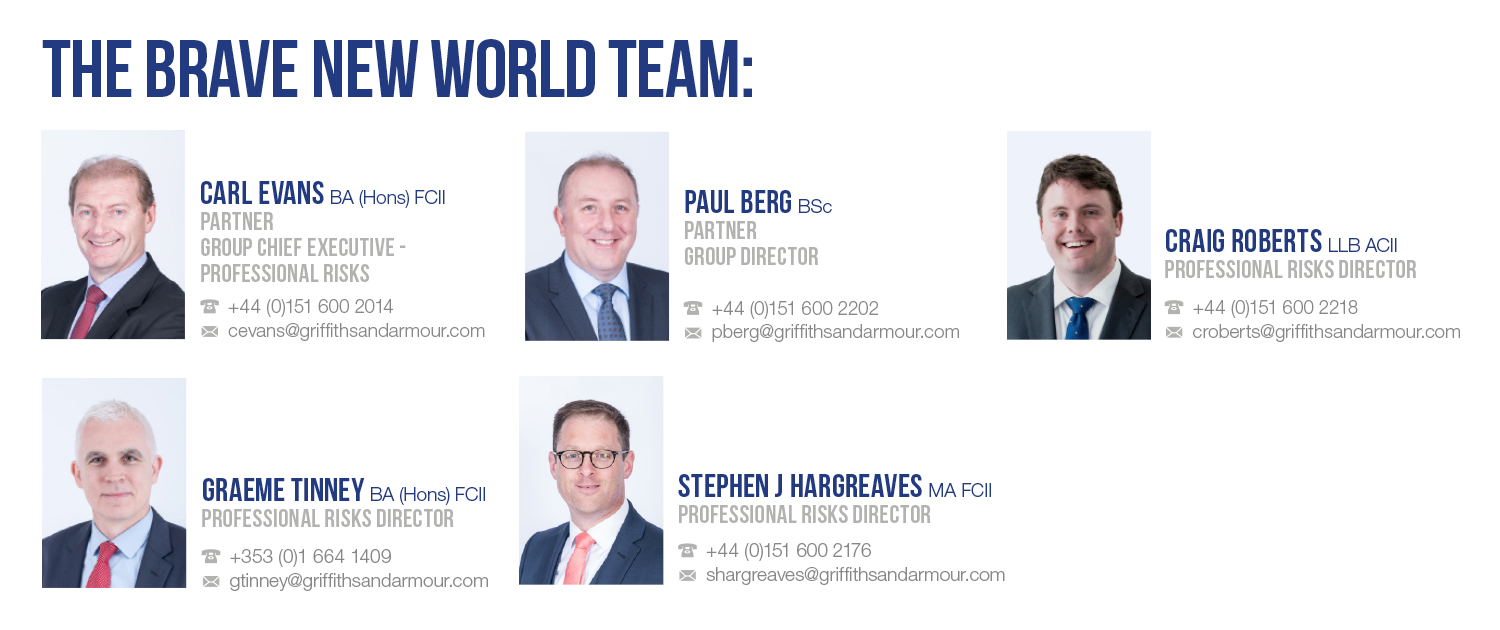Written by: Griffiths & Armour on: 15 Mar 2021
Following the release of our publication ‘A Brave New World: Navigating Future Challenges’, we would like to share our latest serialisation where we will begin our discussion of challenges faced by the construction industry. In this article, we examine what the future looks like for insuring fire safety risks following the tragic fire at Grenfell Tower on 14 June 2017 and wider implications for the insurance and construction markets.
Industry Challenge: Post Grenfell – what’s next for insuring fire safety risks?
Some recent history
The immediate aftermath of the Grenfell Tower fire highlighted once again concerns relating to cladding and fire safety in general. No-one should have needed this situation to be highlighted further. Cladding fires on high rise buildings are not new and there are reported cases going back decades. Whilst the shock at the loss of life at Grenfell Tower continues to resonate, the grim reality of Grenfell is that it is unique only in the number of people who lost their lives.
It is also not just a problem confined to the UK. Cladding fires have occurred on tower blocks around the world; from Mermoz Tower in France, to the Lacrosse building in Melbourne, via the Marina Torch and The Address in the UAE, there are at least a dozen reported fires of a similar type. Despite many of these being very significant fires often on very tall buildings, none caused the number of fatalities as we saw at Grenfell. Press reports indicate that these four major fires caused two deaths.
Whilst two deaths are two too many, a key question for the Inquiry is: what was different about Grenfell that led to such an unprecedented number of fatalities? It can be hoped that the heavily disrupted inquiry will answer this question and many more.
From what we know, it is unlikely that any single failure gave rise to Grenfell. As the Inquiry’s terms of reference recognise, the failures which resulted not only in the rapid development of the fire, but also the large loss of life, were likely caused by the systemic failures of more than one system. These failures are likely to include problems with design and construction, yes, but it will very probably go beyond that.
One such area that is likely to come under scrutiny again will be the way in which projects are procured. Our dialogue with clients shows that the procurement of a façade is a microcosm of the wider problems in the construction industry. The fragmentation of design and construction responsibility is all too apparent in this small sector. ‘Interface risk’ is rife.
But the problems go beyond interface risk. Recent evidence given to the inquiry paints a much bleaker picture, particularly in respect of certain manufacturers of building products, where some extraordinary evidence has been heard about poor and, on the face of it, misleading practices. It’s safe to say that the cracks in insurer confidence in the construction industry are growing.
Insurer Confidence
Those cracks brought about by the damning evidence given to the inquiry in recent months impact both the broader construction industry and, specifically, in matters relating to fire safety. Bear in mind that it is not two years since Dame Judith Hackitt wrote that construction, particularly the construction of high-rise and complex buildings, was beset with problems and was suffering a “system failure” which included:
– ignorance of the regulations and guidance on the part of those who need to understand them
– indifference to delivering quality and the prioritisation of doing things as “quickly and cheaply as possible”
– ambiguity on roles and responsibilities because of decades of fragmentation of design and construction responsibilities
– inadequate regulatory oversight and enforcement by the regulators.
Against that backdrop, should we be surprised that insurers are cautious about providing insurance in this area?
If we overlay the developments that have arisen from the evidence given to the Grenfell inquiry over the last year, what do we see? We see testimony to the inquiry which suggests a sector where reputable and well-established firms providing construction materials appear to pressure their staff to “lie for commercial gain” and product guides were produced which employees agreed were “deliberately misleading and dishonest”.
We see that a building control inspector, no doubt under considerable pressures of work, did not notice that cavity barriers had not been designed around windows to stop flames from spreading and that the cladding material was not suitable. We see that a clerk of works remit was not to check that work met regulations, or matched Architects’ drawings, but that the work was “neat and tidy”.
We see examples of workmanship so poor that the company responsible for installing it admitted that had they seen it, it should have been “ripped out and redone”.
.
Again, what should we expect the insurance industry to make of these revelations?
They go far beyond ‘simple’ questions of the competence of those undertaking the work, but rather they invite insurers to question whether they can continue to underwrite the entire process of construction and those that currently undertake it.
Whilst insurers are watching and listening to the evidence given to the inquiry and may reserve their own final judgement until the next report is complete, the drip, drip, drip of issues coming to light is visibly having a corrosive impact on insurance sector confidence.
The action that the insurance industry has undertaken has been to pull the traditional levers available which act to reduce the insurers’ exposures. In the next instalment, we discuss the effects on the cover available in this area as well as considering what might be next for insuring fire safety risks.
To find out how we can help you best protect your business or if you have any questions about the contents of this article, please liaise with your usual Griffiths & Armour contact or use the enquiry feature below and a member of our team will be in touch soon.







